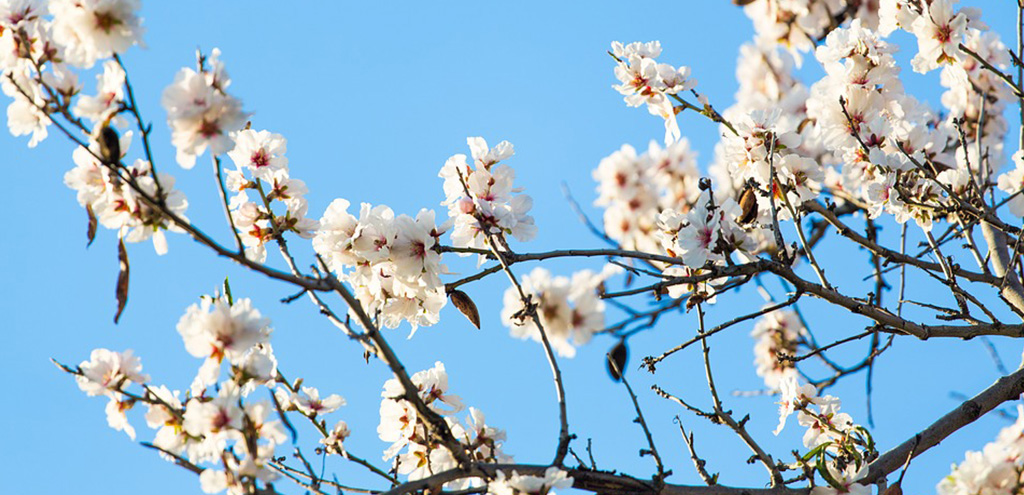THE LEAFLET

New Year of the Trees
Did you know there is such a thing a the “New Year of the Trees?” The 15th of Shevat on the Jewish calendar—celebrated last week on January 31—is the day that marks the beginning of a “new year” for trees. Commonly known as Tu Bishvat (as known as Rosh HaShanah La’Ilanot, literally the New Year of the Trees), this day marks the season in which the earliest-blooming trees in Israel emerge from their winter sleep and begin a new fruit-bearing cycle.
Why a day for trees in what seems to be the winter? For Israel, there are two main seasons, the winter rainy season (which starts around September), and the arid summer season. Considering it typically does not rain at all during the summer, the winter rain is crucial. It just go happens that Tu B’Shevat, the 15th of Shevat, is the day by which most of the winter’s rain has fallen. When Tu Bishvat comes and spring approaches, prized fruit trees begin to blossom and grow. In particular, almond trees are the first to blossom shortly after Tu Bishvat, followed by peaches and apricots. This is why the day is often celebrated with a feast of almonds and dried fruit.
With inspiration from our very own Arbor Day, the day has become as an ecological awareness day, and trees are planted in celebration. While we don’t have almond or apricot trees, we have plenty of flowering fruit trees available to plant on your property at little or no cost through our Residential Planting Programs.